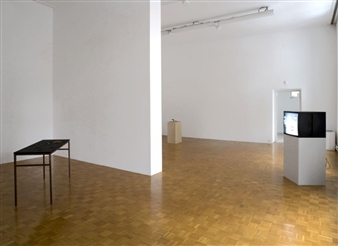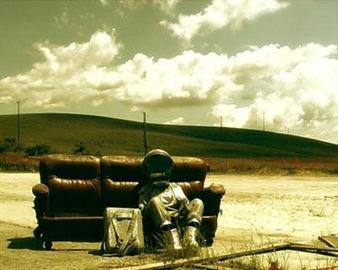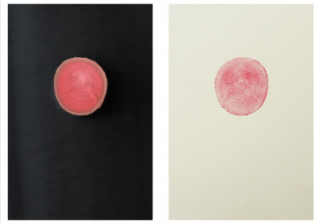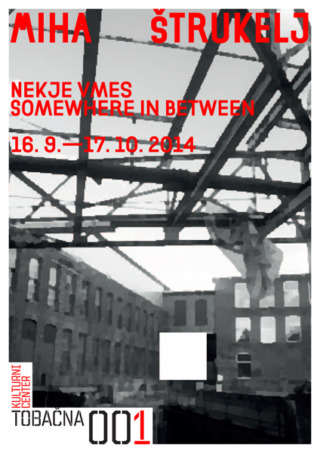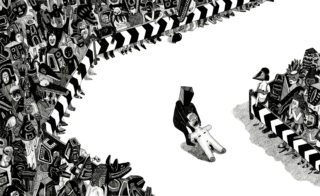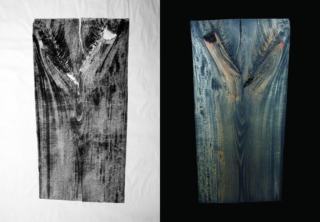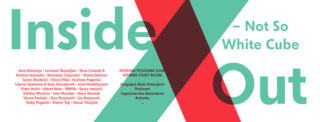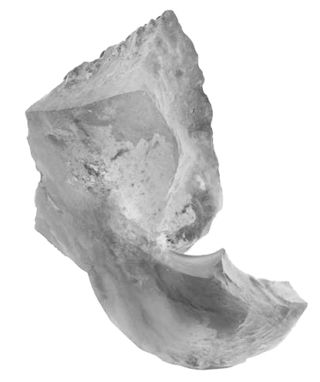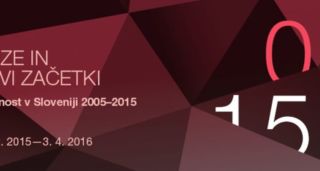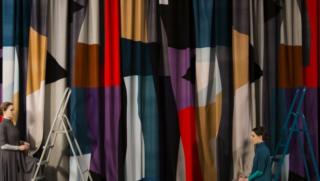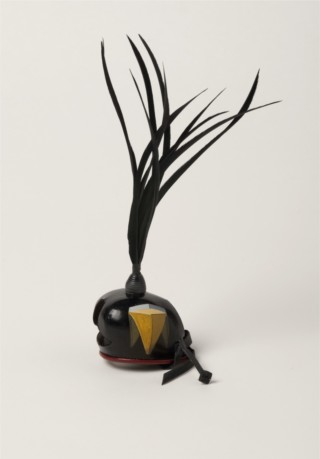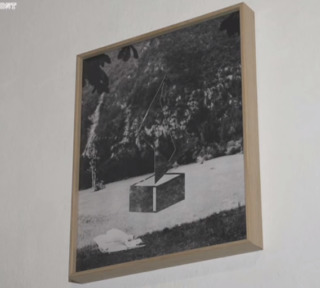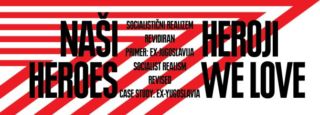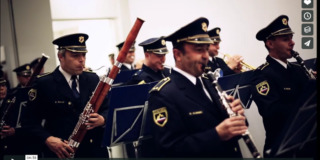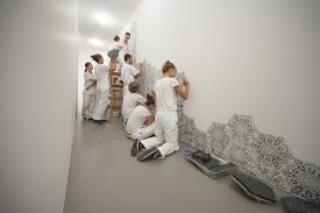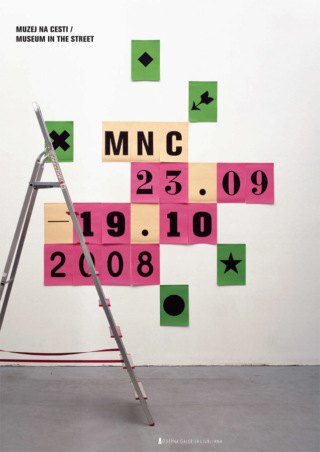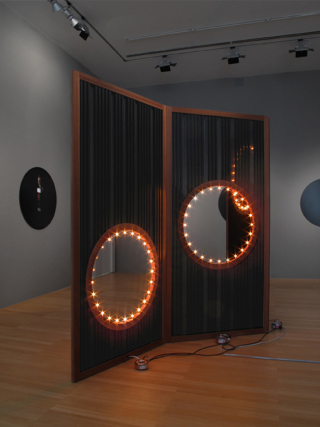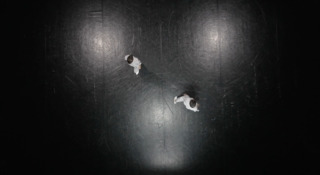Beyond the Globe | 8th Triennial of Contemporary Art
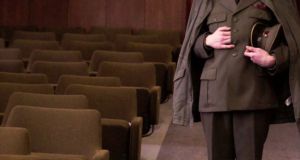
Reactor Centre Podgorica, Ljubljana, Ljubljana, 06/03/2016 - 09/18/2016
Jamova 39, 1000 Ljubljana, Slovenia
In our cultural imagination Cosmos functions as a code word for the danger of the final extinction of all life on Earth, and at the same time for the most radical Utopian aspiration of universal harmony.
In the time of globalisation we have learned that we are dependent on everything that happens around the globe – politically, economically, ecologically. But the Earth is not isolated in the cosmos. It depends on the processes that take place in cosmic space – on black matter, waves and particles, stellar explosions and galactic collapses. And the fate of mankind also depends on these cosmic processes, because all these cosmic waves and particles go through the human body. Mankind’s dependence on cosmic events that are uncontrollable, even unknown, is the source of a specifically modern anxiety – one could say cosmic anxiety. The anxiety of being a part of the cosmos – and being unable to control it. It’s no accident that today’s mass culture is so obsessed with visions of asteroids coming out of the black cosmic space and destroying the Earth; or of aliens emerging out of the cosmic blackness with the goal of destroying the human race.
But this anxiety also takes subtler forms. As an example one can cite the theory of the “accursed share” that was developed by Georges Bataille. According to this theory, the Sun always sends more energy to the Earth than the Earth, including the organisms living on its surface, can absorb. After all the efforts to use this energy for the production of goods and raising the living standard of the population there also remains a non-absorbed, non-used rest of the solar energy. This rest of energy is necessarily destructive – it can be spent only through violence and war. Or, at least, through ecstatic festivals and sexual orgies that channel and absorb this rest of energy. Thus, human culture and politics become determined by the cosmic energies – forever shifting between order and chaos.
However, at the same time the cosmic space presents itself as the last frontier – the last chance for genuine human endeavour. The exploration of the cosmos does not have any immediate utilitarian function (maybe only a military one) and is thus similar to the Romantic ideal of art and poetry. Before and after the Russian revolution the artists of the Russian avant-garde saw the cosmos as the true place for a communist society – beyond all borders that divide men on Earth. The hope that contact with the cosmic space would render all cultural and ethnic divisions irrelevant is also to be found in many sci-fi novels and films. In our time of identity politics the cosmos functions as the last remaining horizon of universalism – not religious or ideological but materialist universalism. The cosmos unites not our souls but our bodies, integrating them into the universal material processes. But at the same time we experience space technology as a tool of surveillance and, eventually, of the coming nuclear war.
The exhibition presents many possibilities for the artistic exploration of the topic at hand: the connection between artistic and scientific imagination, the cosmos as analysis of sci-fi culture, perspectives of corporeal immortality and critique of contemporary technology. Slovenia’s art and artistic culture has always been particularly open to the universalist perspective. Already the architecture of Jože Plečnik signalled a desire to find a point of contact not only with world history but also with the mystical and mythical components of cosmic life – and at the same time to do so in an absolutely modern way. One cannot overlook the attachment of many Slovene artists, including many younger artists, to the utopian vision of Malevich and, in general, the early Russian avant-garde. This vision still informs many Slovene art practices – especially when it is referenced in a critical, ironic, or absurdist way.
The 8th edition of U3 brings an important change: it takes the exhibition outside the national framework. The new concept of U3 focuses on a dialogue between Slovene space and other contexts that are relevant for it. In this it follow the good practice of certain established “peripheral” biennials that focus on their specific time and place and function as a platform for produced meanings and contents with long-term, positive effects on their spaces.
LIST OF PARTICIPANTS
Jože Barši | Marko Batista | Boris Beja | Goran Bertok | The Body of Confucius curated by Chang Tsong-Zung and Gao Shiming; Authors: Peng Lin, Chang Tsong-Zung, Jeffery Shaw; Video Production: Paul Nichola | BridA/Tom Kerševan, Sendi Mango, Jurij Pavlica | Keti Chukhrov | Jasmina Cibic | Lenka Đorojević & Matej Stupica | Femkanje (Katarina Petrović & Bojana Knežević) | Vadim Fishkin | Maja Hodošček | Ištvan Išt Huzjan | IRWIN | Sergej Kapus | Staš Kleindienst | Nina Koželj | Tanja Lažetić | Gregor Mobius | Marko & Marika Pogačnik | Uroš Potočnik | Marjetica Potrč | Lina Rica & Boštjan Čadež | Sašo Sedlaček | Ali Van | Anton Vidokle | Yaji Garden curated by Chang Tsong-Zung and Gao Shiming; Artists: Ye Fang, Cao Xiaoyang, Chiu Kwong-chiu, Leung Kui-ting, Lin Haizhong, Wang Dongling, Xu Longsen, Yeh Wei-Li, Yeh Shih-Chiang, Ali Van | Arseny Zhilyaev | Dunja Zupančič::Miha Turšič::Dragan Živadinov
For More Information